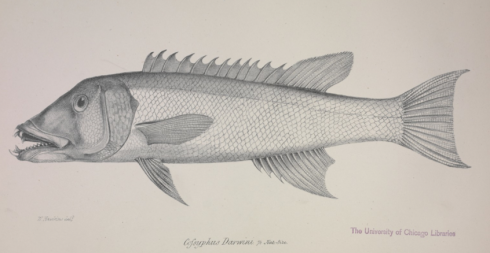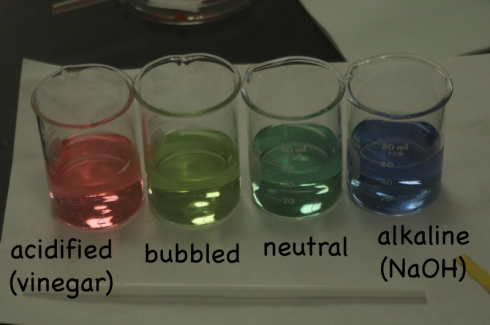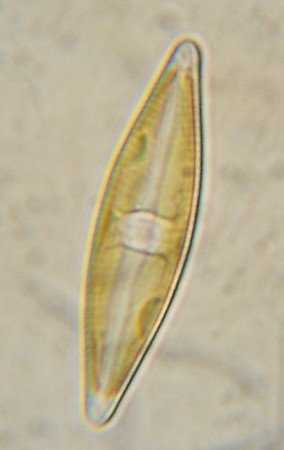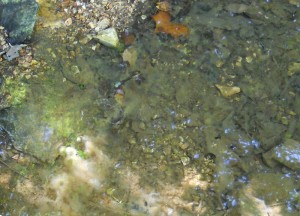A fascinating study of 56,000 generations of bacteria, in 12 different populations, carefully documents how a new ability evolved in one of the populations — the ability to use citrate for food in addition to glucose.
About the key step in the process:
“It wasn’t a typical mutation at all, where just one base-pair, one letter, in the genome is changed,” he said. “Instead, part of the genome was copied so that two chunks of DNA were stitched together in a new way. One chunk encoded a protein to get citrate [for food] into the cell, and the other chunk caused that protein to be expressed.”
— Evolution is as complicated as 1-2-3 from Michigan State University.
That was the second step in a three step process:
The first stage was potentiation, when the E. coli accumulated at least two mutations that set the stage for later events. The second step, actualization, is when the bacteria first began eating citrate, but only just barely nibbling at it. The final stage, refinement, involved mutations that greatly improved the initially weak function. This allowed the citrate eaters to wolf down their new food source and to become dominant in the population.
Note
I’ve been discussing different genres of scientific writing with my middle school class, so it’s interesting to point out that the article this post refers to is just a press release about the actual research paper. These are two very distinct types of scientific writing.







